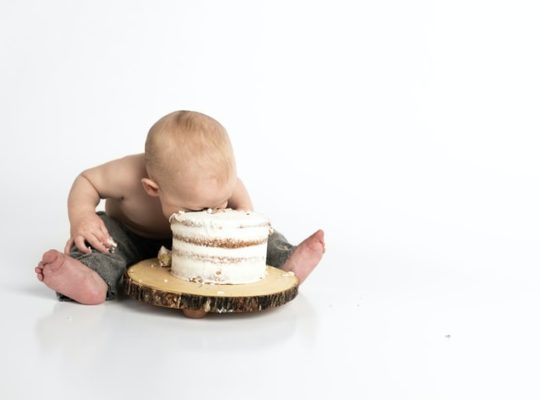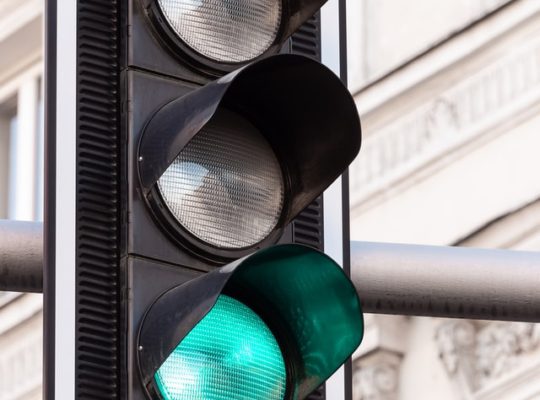For the last several weeks many families, including my own, have had to grapple with the decision of whether or not to send their kids to school in person or keep them home and do elearning. Schools collected surveys, sometimes on more than one occasion, to try to develop some plan for the fall. There were hybrid plans where half the students would come on any given day, partial day plans where there were morning or afternoon options, full remote plans, and the plan my district chose which was 100% in person or 100% remote. Now all of these in person plans came with the understanding that they could change at any minute if COVID-19 cases increase or an outbreak occurred in the school. There was also the understanding that in person would look nothing like the “normal” school day we were used to. Masks would be worn, even by the youngest students, with built in mask breaks throughout the day. Desks would be distanced and facing one direction. Gone are the days of collaborative tables and group learning. There would be no cafeteria. Lunch would be in the classroom with plexiglass dividers between students. PE, or gym as we called it in my day, would be a very different experience without typical sports and play. You would be in the same class most of the day and the teachers, rather than students, would rotate when needed. There would be temperature checks and an isolation room for those with COVID symptoms. You could be called at any moment to pick up your child and potentially quarantine them at home if they had any significant exposure at school.
Now let’s just stop and recognize what a logistical nightmare all of this presents for working parents, let alone physicians who don’t have the option of working fully remote. Despite the explosion of telehealth, most medical practices have been encouraging, if not forcing, their physicians to come back in to the office more at the same time all this uncertainty with schools has taken place. The last week of July my scheduler asked if I will be back to a full in person clinic in September. I almost laughed out loud replying to her that I didn’t know what was happening in six weeks any more than I knew what my life would be like three months ago (I was very kind, don’t worry). I asked her for two to three more weeks until I heard a final plan for my kids’ school before setting my fall schedule. I would have to make decisions about my work when my children’s school plans would be shaky at best. At the time of this writing, our school still has plans to move forward with the either/or plan of fully in person or fully remote, but we are one of the last ones standing in our area. Almost all the schools around us have changed plans to fully remote just in the last week. I suspect that may be the case for ours as well as our district just announced a special school board meeting this week.
So what is a parent to do? How do you make a decision with so many unknowns? How do you decide what is best for your kids? For multiple kids with different needs? For your family? For your teachers? For your community? Do we prioritize physical or mental health? What if you make the wrong decision? Can you live with the consequences? These are the questions I’ve heard parents ask over and over again. These are the questions I’ve seen flooding my social media accounts. These are the questions keeping parents up at night.
For me, it was a relatively easy, but not light decision. If given the option, I would send my kids to school. This is the decision that my family made despite two people in my home with health conditions that may put them at higher risk of virus complications. I am NOT suggesting it is the right decision for anyone else.
Here are a few ideas that helped guide my thoughts on this matter.
- There is no right decision. You can debate all day long, but the only way you can know your decision was the right one is in hindsight and we just don’t have that luxury. We live in the present and can only make decisions with the information we have at this moment. So I look around at what makes sense. How many cases are in my region? What quality school district do I have and can I trust them with my children? What are the practical needs of my family? What are the mental and physical needs of my kids? There are a myriad other questions that I can choose to ask. Once I’ve asked and answered some of these questions, I have to make a decision knowing that it is imperfect. Once that decision is made, I’m free. I don’t have to worry, question, re-think and analyze it. It’s done. I made the best decision with the information I had at the time. Can I change that decision later? Of course, but only if I really like my reason. Perhaps new information will become available that will lead me to a new decision. So I will make it and then that decision will be done. There is so much mental drama we engage in that is totally unnecessary. We don’t realize that it’s all optional. We make decisions and then we punish ourselves for them. We cause our own suffering. For what purpose? Make a decision and move on. By questioning your own decisions, you are choosing to live in confusion and suffering. Choose instead to live in clarity and peace.
- You have much less control than you think. If COVID has taught us anything, it’s this lesson. We thought we knew what would happen this day, this month, this year. We thought we were going on this trip or having that event. We made plans, lots of plans. None of it was true. It was never true, we just didn’t know it at the time. So if I decide to keep my child home, will I protect him? Maybe. Or maybe not. Could something terrible happen at home? At the playground? Of course it could. And it can happen at school, too. Or on the way to school or back. I don’t know what is supposed to happen to my children tomorrow or next month or next year. I only think I do. I pray with every ounce of my being that they are safe and healthy. But I don’t know the plan. I am not G-d. I’m not meant to be and I don’t delude myself. Every time they leave my sight, I worry about my kids. That’s part of being a parent and a mom. But that worry can’t consume me. I can’t let it. They are in my arms and in my protection, but they have a much more powerful parent than me.
- I make my decisions from a place of reason and hope and not from a place of fear. If I made decisions from fear, I would never leave my house because my brain would come up with a million ways to scare me. Fortunately, I have the ability to tell that part to be quiet, that it’s opinion is not needed now. I can make decisions from the higher, more evolved and reasonable part of my brain instead of the more primitive, emotional part. The primitive part is important if there’s an immediate threat in front of me. But I can’t live my life thinking there’s a bear in front of me each minute of the day. That’s not useful to me in any way. COVID is scary, but it’s not an immediate threat every moment of my life. I can respect it’s presence and power, take it seriously, and take precautions. And then I still need to go on living.
So I made a decision to send my kids to school and I moved on. I didn’t question it, beat myself up over it, spend hours collecting opinions from friends in life or social media about it, or give myself an ulcer over it. And I may find out this week that my decision was wrong. School may go full remote and my kids were never supposed to go in person. That was the plan all along, I just didn’t know it. So when I’m done answering all the texts and calls from shocked friends and neighbors and seeing the reactions on the local FaceBook page, I will look at my calendar at the next days plans and be reminded that tomorrow, like the present, is a gift and savor each moment fully.
How did you make the decision to send or not send your kids to school?



